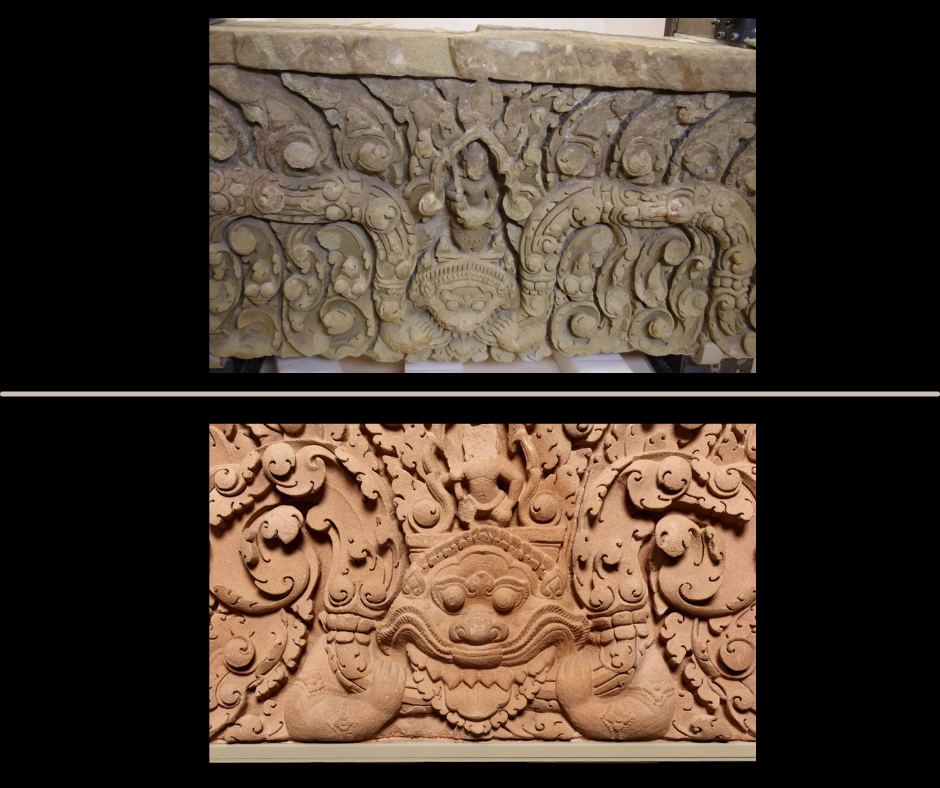CPAC Considers Import Restrictions on Cultural Property from Chile and Jordan
 |
| The pre-Colombian archaeological site of Pukará de Quitor in northern Chile. |
The governments of Chile and Jordan have petitioned the United States for import controls on at-risk archaeological material.
The Cultural Property Advisory Committee will meet in April to consider import protections covering archaeological objects from Chile and Jordan that are in jeopardy of looting.
Chile is the fourth South American nation to seek a Memorandum of Understanding (MoU) that erects U.S. import controls to stem the trafficking of cultural heritage objects. The United States currently has similar bilateral agreements with Bolivia, Colombia, and Peru.
Jordan, meanwhile, is the third MENA country to seek an MoU with the U.S, as it seeks to join the ranks of Egypt and Libya.
On February 4, Chile invoked Article 9 of the 1970 UNESCO Convention on the Means of Prohibiting and Preventing the Illicit Import, Export and Transfer of Ownership of Cultural Property, asking the United States for import restrictions under the Convention on Cultural Property Implementation Act (CPIA), which is the federal statute that implements the 1970 UNESCO Convention in the U.S.
The Jordanian government submitted a similar request last year on November 26.
Chile is home to cultures that included the ancient Inca civilization, and Jordan boasts prominent archaeological sites like Petra.
According to the Chilean government’s public request for protection of its cultural property, “[c]omplete and almost complete archaeological objects from the North and Central regions are the most commonly trafficked items. The greatest diversity of archaeological objects trafficked come from the northern regions of the country where dry environmental conditions allow excellent preservation.” The published summary points out that “occasional looters or tourists ignore national legislation and illicitly excavate, collect, or purchase objects. However, there is also evidence that organized gangs contact Chilean or foreign collectors directly or through intermediaries to supply client demands.”
Although Chile treats “paleontological material as a subset of archaeological material,” the CPIA has not been interpreted to authorize import restrictions on fossilized remains. How CPAC approaches this topic will be something to watch, particularly since Chile’s petition expressly flags both the “[i]llicit trafficking of archaeological and paleontological material.” (Emphasis added).
Jordan asserts in its public summary for cultural property protection that “[s]ites of the Early Bronze Age and Iron Age are among the most heavily looted in Jordan. The pillage of Nabatean/Roman period sites is second only to that of the Early Bronze Age.” The Jordanian government argues that objects originating from its territory are in high demand as evidenced by “[g]alleries [that] offer a large number of oil lamps, some dated as early as the Late Bronze Age (often described as Canaanite) but most dated to the Hellenistic/Roman/Nabatean period and stated to be from the ‘Holy Land.'” “One gallery, located in Colorado,” according to the Jordanian’s petition, “sold a Nabatean bronze statue for between $15,000 and $25,000 in June 2017, and at the time also offered artifacts dating as far back as the Chalcolithic period.”
Members of the public who wish to participate in CPAC’s discussion may submit written remarks by March 25 at regulations.gov (docket number DOS-2019-0004).
Moreover, a public session will be held online on April 1 at 1:30 pm EDT. To observe CPAC’s public hearing, simply click here. To speak at this meeting, a prospective participant must email culprop@state.gov by March 27 to register.
Photo credit: Lorna-Lorna/Wikimedia Commons.
Text and original photos copyrighted 2010-2019 by Cultural Heritage Lawyer Rick St. Hilaire, a blog commenting on matters of cultural property law, art law, art crime, cultural heritage policy, antiquities trafficking, looted, antiquities, stolen relics,smuggled antiquities, illicit antiquities, museum risk management, and archaeology. Any unauthorized reproduction or retransmission without the express written consent of CHL is strictly prohibited. The materials presented on this site are intended for informational purposes only and should not be used as legal advice applicable to the reader’s specific situation. In addition, the provision of this information to the reader in no way constitutes an attorney-client relationship. Blog url: https://culturalheritagelawyer.blogspot.com.


